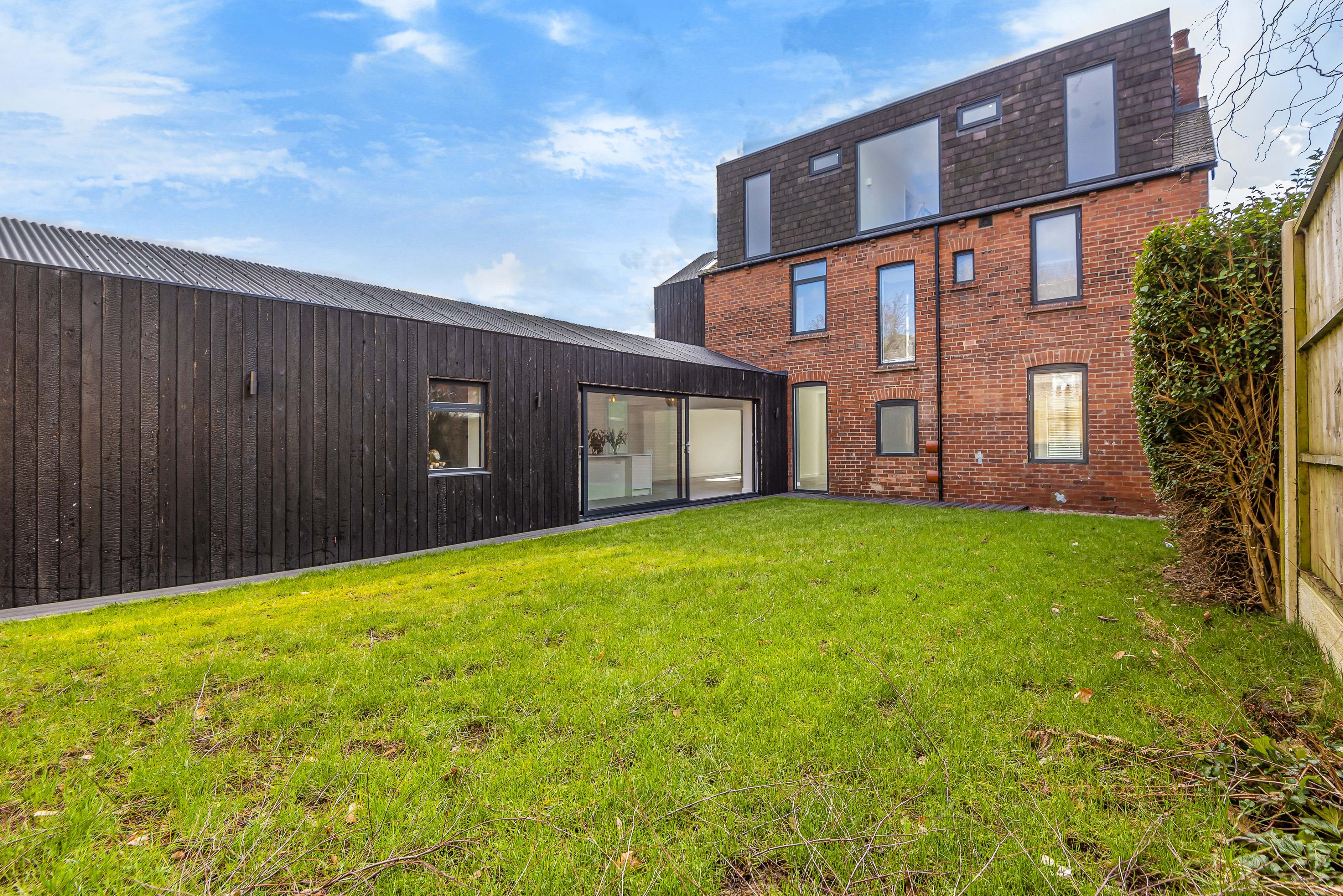Renovation of an urban 20th century property into a modern low-carbon home
James Earl from The Skills Network describes how a fairly standard 20th century home was ambitiously retrofitted to reduce emissions in order to help address the climate crisis that we all face.
Why did you do this work?
With the climate emergency, we wanted to showcase the possibility of change aligned with UK government goals and - more locally - Leeds City Council’s zero carbon ambitions.
Whilst the improvement of new housing stock under the Future Homes standard and an end to gas boiler installations from 2025 is widely welcomed, and a pilot project to replace gas in Leeds with hydrogen is proposed, the majority of our existing housing stock will still be in use in the next 50+ years. So, having the ability to retrofit this in an ambitious, low carbon manner is paramount.
What did you learn from this work?
It is possible to re-purpose a fairly tired period property for more modern use, and to do this at an energy performance level that far exceeds current UK building regulations.
Although it has been a challenge as it isn’t a regular residential fit out, we believe from what we have learnt that this can become a flagship project for the future of renovations and upgrades in homes within the Yorkshire region – showcasing that adopting low carbon elements is not just for new properties.
This project has proven that anyone has the ability to do this, and many residents in standard 20th century homes should think about modernising their properties with the right low carbon methods now.
What changes did you make to the house?
We took the U-Value down from around 3.0 to 0.5, meaning heat loss was significantly reduced.
We tackled this through a fabric first approach to the building envelope, initially starting with the internal solid insulation of the existing building. We then installed all triple glazed windows, with high levels of air tightness. We removed all of the old floors and added insulation underneath.
The new build part is a timber framed construction, built by local firm Citu and to a U-Value of 0.11. We installed a new roof, and coverings and insulation to this new structure.
Whilst the fabric itself is high performing, lowering the air tightness has been a critical activity to prevent the warm air escaping. This is a complex, costly process. The building has been detailed and treated with air tightness membranes to the internal face of the external walls, ensuring that the air tightness achieves ~3m3/Ac/Hr (against a building regulations requirement of 10m2/Ac/Hr and the previous house performance of >50m2/Ac/Hr).
Ventilation is then provided through an MVHR system that recovers the heat from the stale air and replaces it into the fresh air that constantly trickles into the house, ensuring that occupants are enjoying fresh, filtered air 24/7.
How did reducing demand for heat help to mitigate against climate change?
This ambitious fabric performance effectively means that we’re able to remove the need for high grade heating that uses fossil fuels. In this particular part of Leeds, this would most commonly come from natural gas, one of the biggest problems for carbon emissions that we have in the UK.
The high energy performance of the house means that instead of gas, we can use a lower grade heat source in the form of an electric air-source heat pump (ASHP). There is an efficiency in using air-source as the coefficiency of performance (COP) means that we’d typically get 2.5 units of energy back for every unit of electricity that we put in.
Some of this electricity is generated from our on-site photovoltaic panels that are on the south facing elevation of the roof.
What aspect of the work has had most value for you?
A breakthrough point was finally getting the old house’s u-value down to 0.5 from 3, almost by discovering the techniques on a trial and error basis. This was critical in making the house air-tight and enabling the installation of the MVHR units and ensuring the efficient working of the air source heat pump.
What would help others in Yorkshire and Humber?
It is critical that the residential building industry gain more understanding of modern and sustainable construction methods. We think that our kind of learning can be passed onto the industry to allow others to follow.
A call for a change to training providers and colleges to embrace modern techniques as a standard curriculum is vital for the future skills available within the industry.
We did this work before the Green Homes Grant was available. It is always worth looking to see if there are any grants you are eligible for.
Do you have a tip to share?
Don’t feel overwhelmed and be brave. Following the masses will not help us to change a vital ingredient needed towards reducing climate changing emissions from our homes.






